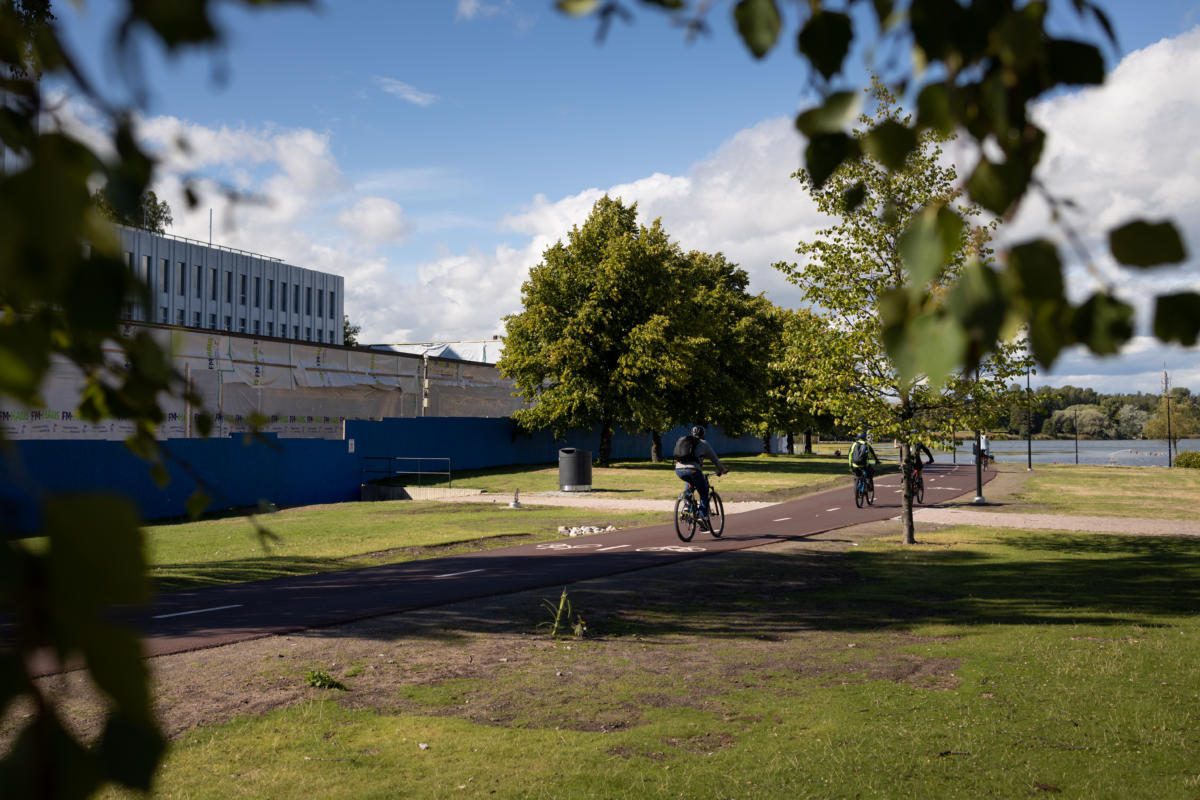

Combating climate change together: CHAOS will develop new holistic tools to help the real estate industry measure their impact on climate change
The real estate industry is every day more pressured to measure how they impact the environment. In 2022 the Finnish based startup CHAOS brings new solutions for industries needing this information.






